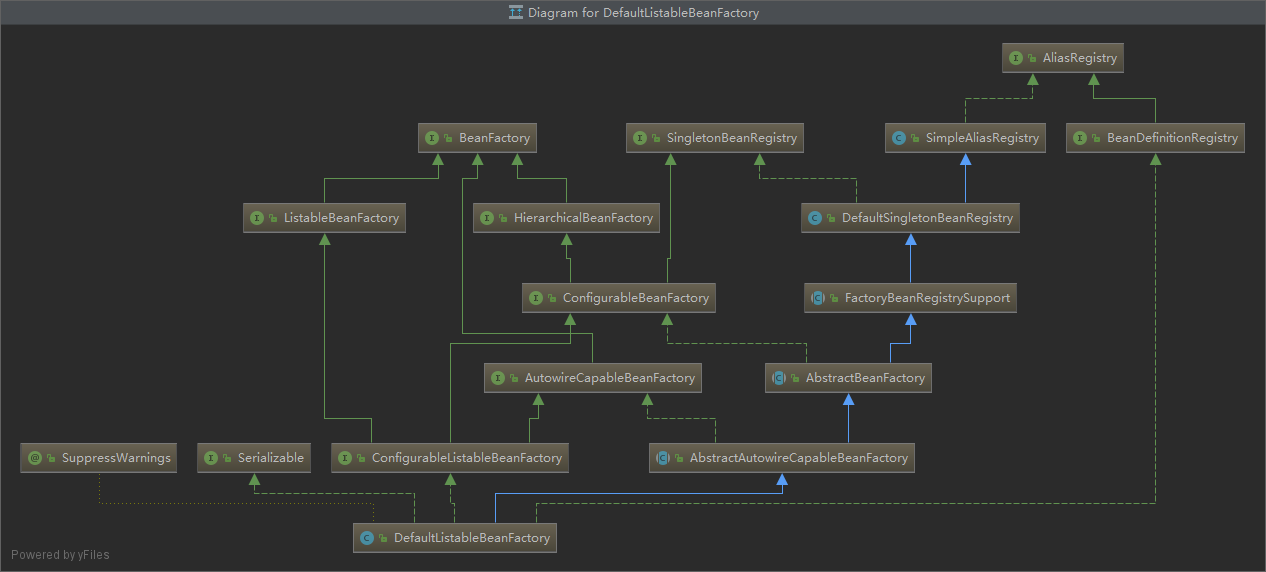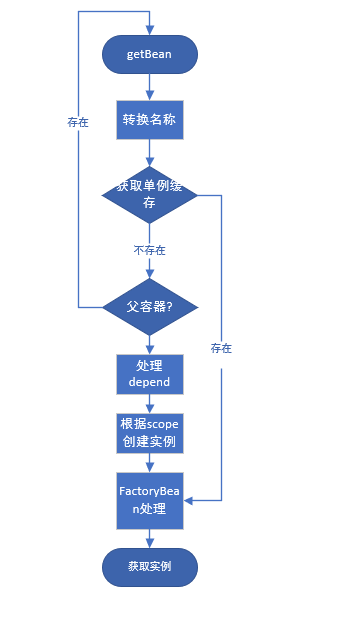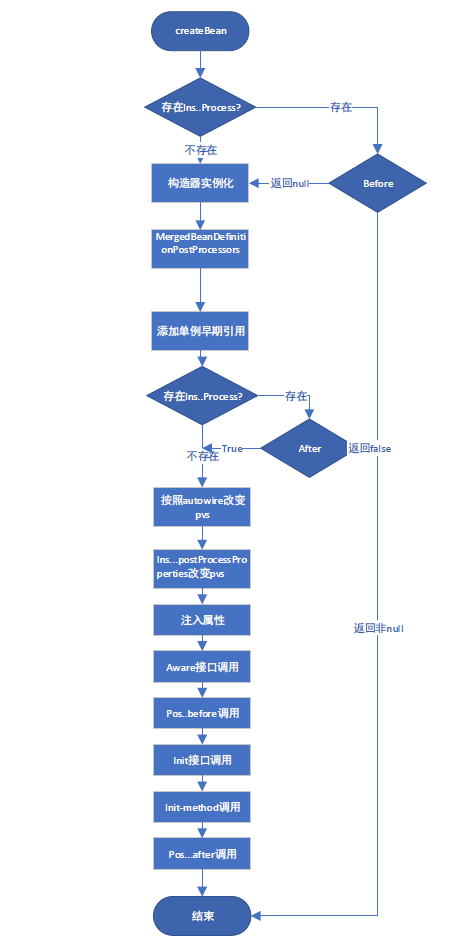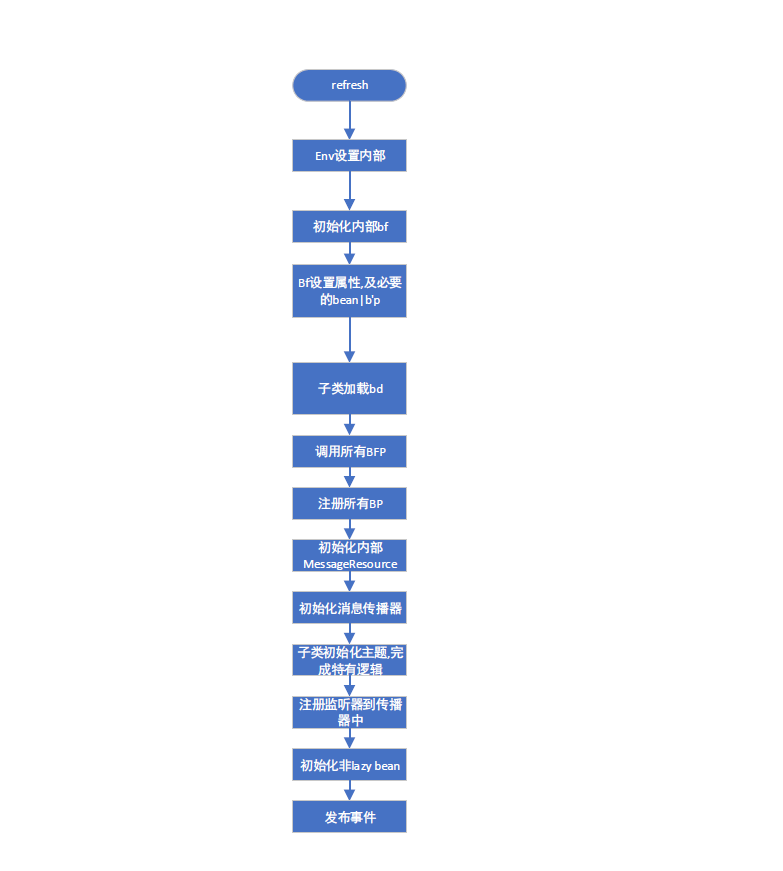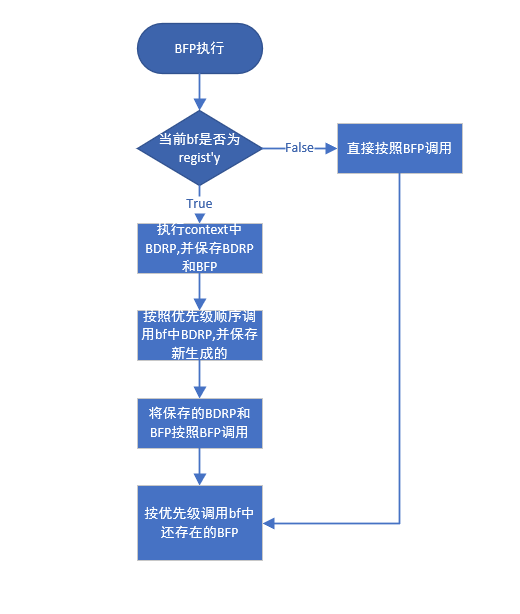1
2
3
4
5
6
7
8
9
10
11
12
13
14
15
16
17
18
19
20
21
22
23
24
25
26
27
28
29
30
31
32
33
34
35
36
37
38
39
40
41
42
43
44
45
46
47
48
49
50
51
52
53
54
55
56
57
58
59
60
61
62
63
64
65
66
67
68
69
70
71
72
73
74
75
76
77
78
79
80
81
82
83
84
85
86
87
88
89
90
91
92
93
94
95
96
97
98
99
100
101
102
103
104
105
106
107
108
109
110
111
112
113
114
115
116
117
118
119
120
121
122
123
124
125
126
127
128
129
130
131
132
133
134
135
136
137
138
139
140
141
142
143
144
145
146
147
148
149
150
151
152
153
154
155
156
157
158
159
160
161
162
163
164
165
166
167
168
169
170
171
172
173
174
175
176
177
178
179
180
181
182
183
184
185
186
187
188
189
190
191
192
193
194
195
196
197
198
199
200
201
202
203
204
205
206
207
208
209
210
211
212
213
214
215
216
217
218
219
220
221
222
223
224
225
226
227
228
229
230
231
232
233
234
235
236
237
238
239
240
241
242
243
244
245
246
247
248
249
250
251
252
253
254
255
256
257
258
259
260
261
262
263
264
265
266
267
268
269
270
271
|
protected void applyPropertyValues(String beanName, BeanDefinition mbd, BeanWrapper bw, PropertyValues pvs) {
if (pvs.isEmpty()) {
return;
}
if (System.getSecurityManager() != null && bw instanceof BeanWrapperImpl) {
((BeanWrapperImpl) bw).setSecurityContext(getAccessControlContext());
}
MutablePropertyValues mpvs = null;
List<PropertyValue> original;
if (pvs instanceof MutablePropertyValues) {
mpvs = (MutablePropertyValues) pvs;
if (mpvs.isConverted()) {
try {
bw.setPropertyValues(mpvs);
return;
}
catch (BeansException ex) {
throw new BeanCreationException(
mbd.getResourceDescription(), beanName, "Error setting property values", ex);
}
}
original = mpvs.getPropertyValueList();
}
else {
original = Arrays.asList(pvs.getPropertyValues());
}
TypeConverter converter = getCustomTypeConverter();
if (converter == null) {
converter = bw;
}
BeanDefinitionValueResolver valueResolver = new BeanDefinitionValueResolver(this, beanName, mbd, converter);
List<PropertyValue> deepCopy = new ArrayList<>(original.size());
boolean resolveNecessary = false;
for (PropertyValue pv : original) {
if (pv.isConverted()) {
deepCopy.add(pv);
}
else {
String propertyName = pv.getName();
Object originalValue = pv.getValue();
Object resolvedValue = valueResolver.resolveValueIfNecessary(pv, originalValue);
Object convertedValue = resolvedValue;
boolean convertible = bw.isWritableProperty(propertyName) &&
!PropertyAccessorUtils.isNestedOrIndexedProperty(propertyName);
if (convertible) {
convertedValue = convertForProperty(resolvedValue, propertyName, bw, converter);
}
if (resolvedValue == originalValue) {
if (convertible) {
pv.setConvertedValue(convertedValue);
}
deepCopy.add(pv);
}
else if (convertible && originalValue instanceof TypedStringValue &&
!((TypedStringValue) originalValue).isDynamic() &&
!(convertedValue instanceof Collection || ObjectUtils.isArray(convertedValue))) {
pv.setConvertedValue(convertedValue);
deepCopy.add(pv);
}
else {
resolveNecessary = true;
deepCopy.add(new PropertyValue(pv, convertedValue));
}
}
}
if (mpvs != null && !resolveNecessary) {
mpvs.setConverted();
}
try {
bw.setPropertyValues(new MutablePropertyValues(deepCopy));
}
catch (BeansException ex) {
throw new BeanCreationException(
mbd.getResourceDescription(), beanName, "Error setting property values", ex);
}
}
public Object resolveValueIfNecessary(Object argName, @Nullable Object value) {
if (value instanceof RuntimeBeanReference) {
RuntimeBeanReference ref = (RuntimeBeanReference) value;
return resolveReference(argName, ref);
}
else if (value instanceof RuntimeBeanNameReference) {
String refName = ((RuntimeBeanNameReference) value).getBeanName();
refName = String.valueOf(doEvaluate(refName));
if (!this.beanFactory.containsBean(refName)) {
throw new BeanDefinitionStoreException(
"Invalid bean name '" + refName + "' in bean reference for " + argName);
}
return refName;
}
else if (value instanceof BeanDefinitionHolder) {
BeanDefinitionHolder bdHolder = (BeanDefinitionHolder) value;
return resolveInnerBean(argName, bdHolder.getBeanName(), bdHolder.getBeanDefinition());
}
else if (value instanceof BeanDefinition) {
BeanDefinition bd = (BeanDefinition) value;
String innerBeanName = "(inner bean)" + BeanFactoryUtils.GENERATED_BEAN_NAME_SEPARATOR +
ObjectUtils.getIdentityHexString(bd);
return resolveInnerBean(argName, innerBeanName, bd);
}
else if (value instanceof ManagedArray) {
ManagedArray array = (ManagedArray) value;
Class<?> elementType = array.resolvedElementType;
if (elementType == null) {
String elementTypeName = array.getElementTypeName();
if (StringUtils.hasText(elementTypeName)) {
try {
elementType = ClassUtils.forName(elementTypeName, this.beanFactory.getBeanClassLoader());
array.resolvedElementType = elementType;
}
catch (Throwable ex) {
throw new BeanCreationException(
this.beanDefinition.getResourceDescription(), this.beanName,
"Error resolving array type for " + argName, ex);
}
}
else {
elementType = Object.class;
}
}
return resolveManagedArray(argName, (List<?>) value, elementType);
}
else if (value instanceof ManagedList) {
return resolveManagedList(argName, (List<?>) value);
}
else if (value instanceof ManagedSet) {
return resolveManagedSet(argName, (Set<?>) value);
}
else if (value instanceof ManagedMap) {
return resolveManagedMap(argName, (Map<?, ?>) value);
}
else if (value instanceof ManagedProperties) {
Properties original = (Properties) value;
Properties copy = new Properties();
original.forEach((propKey, propValue) -> {
if (propKey instanceof TypedStringValue) {
propKey = evaluate((TypedStringValue) propKey);
}
if (propValue instanceof TypedStringValue) {
propValue = evaluate((TypedStringValue) propValue);
}
if (propKey == null || propValue == null) {
throw new BeanCreationException(
this.beanDefinition.getResourceDescription(), this.beanName,
"Error converting Properties key/value pair for " + argName + ": resolved to null");
}
copy.put(propKey, propValue);
});
return copy;
}
else if (value instanceof TypedStringValue) {
TypedStringValue typedStringValue = (TypedStringValue) value;
Object valueObject = evaluate(typedStringValue);
try {
Class<?> resolvedTargetType = resolveTargetType(typedStringValue);
if (resolvedTargetType != null) {
return this.typeConverter.convertIfNecessary(valueObject, resolvedTargetType);
}
else {
return valueObject;
}
}
catch (Throwable ex) {
throw new BeanCreationException(
this.beanDefinition.getResourceDescription(), this.beanName,
"Error converting typed String value for " + argName, ex);
}
}
else if (value instanceof NullBean) {
return null;
}
else {
return evaluate(value);
}
}
private Object resolveInnerBean(Object argName, String innerBeanName, BeanDefinition innerBd) {
RootBeanDefinition mbd = null;
try {
mbd = this.beanFactory.getMergedBeanDefinition(innerBeanName, innerBd, this.beanDefinition);
String actualInnerBeanName = innerBeanName;
if (mbd.isSingleton()) {
actualInnerBeanName = adaptInnerBeanName(innerBeanName);
}
this.beanFactory.registerContainedBean(actualInnerBeanName, this.beanName);
String[] dependsOn = mbd.getDependsOn();
if (dependsOn != null) {
for (String dependsOnBean : dependsOn) {
this.beanFactory.registerDependentBean(dependsOnBean, actualInnerBeanName);
this.beanFactory.getBean(dependsOnBean);
}
}
Object innerBean = this.beanFactory.createBean(actualInnerBeanName, mbd, null);
if (innerBean instanceof FactoryBean) {
boolean synthetic = mbd.isSynthetic();
innerBean = this.beanFactory.getObjectFromFactoryBean(
(FactoryBean<?>) innerBean, actualInnerBeanName, !synthetic);
}
if (innerBean instanceof NullBean) {
innerBean = null;
}
return innerBean;
}
catch (BeansException ex) {
throw new BeanCreationException(
this.beanDefinition.getResourceDescription(), this.beanName,
"Cannot create inner bean '" + innerBeanName + "' " +
(mbd != null && mbd.getBeanClassName() != null ? "of type [" + mbd.getBeanClassName() + "] " : "") +
"while setting " + argName, ex);
}
}
|
